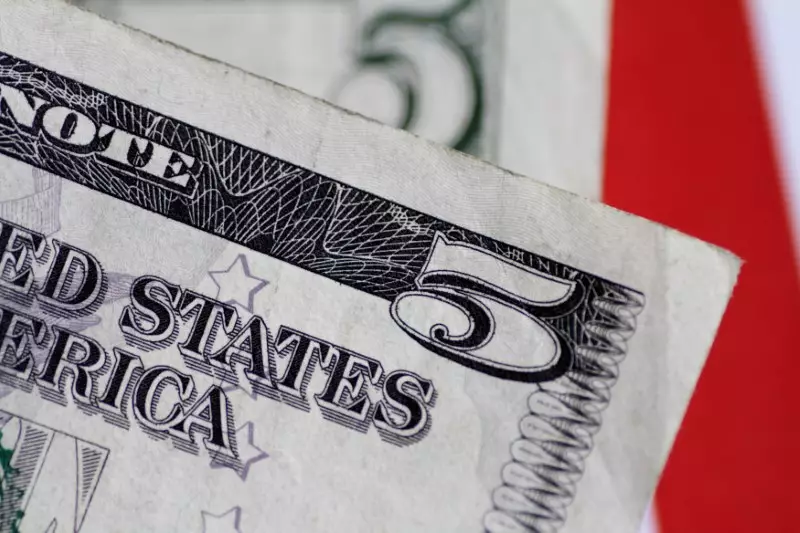The U.S. dollar slipped lower Wednesday ahead of the conclusion of the latest Federal Reserve rate-setting meeting, while the Japanese yen soared after the Bank of Japan tightened its monetary policy. At 05:20 ET (09:20 GMT), the Dollar Index, which tracks the greenback against a basket of six other currencies, traded 0.3% lower to 103.992, moving within a tight range.
The Fed concludes its two-day policy-setting meeting later Wednesday, and is widely expected to keep rates unchanged when it concludes the following day. The U.S. central bank is widely expected to leave rates unchanged this week, but the dollar is showing signs of weakness as traders expect Fed Chair Jerome Powell to pave the way for a rate cut at the U.S. central bank’s next meeting.
It is expected that Powell will reiterate a cautious tone on inflation this time, as he has often been the voice of a more dovish faction of the FOMC. This could generate some USD-negative headlines as analysts at ING noted in a recent report. The general consensus is for a 25 basis point cut in September, according to CME Fedwatch.
In Europe, GBP/USD traded 0.1% lower to 1.2826, ahead of Thursday’s Bank of England meeting, which is seen as a close call over the bank standing still or cutting interest rates. UBS expects the BOE to deliver the first 25 basis-point cut tomorrow, citing recent data indicating economic slowdown as a key reason for the expected rate cut.
EUR/USD rose 0.1% to 1.0823, in the wake of data showing the eurozone’s economy grew 0.3% in the three months to June, slightly more than expected. Additionally, eurozone consumer prices rose 2.6% in July on an annual basis, slightly more than the 2.5% expected. The ‘core’ figure, which excludes volatile energy and food elements, also edged higher to 2.9%, on the year.
In Asia, USD/JPY fell 1.4% to 150.66, with the yen soaring after the Bank of Japan hiking its benchmark short-term rate by 15 basis points to around 0.25% – the top end of market expectations.
Central bank meetings have a significant impact on currency markets, as evidenced by the recent movements in the U.S. dollar, Japanese yen, and euro. Traders and analysts closely monitor these meetings to gauge future monetary policy decisions and their potential effects on exchange rates. The outcome of these meetings can lead to volatility and trading opportunities for those active in the forex market.

